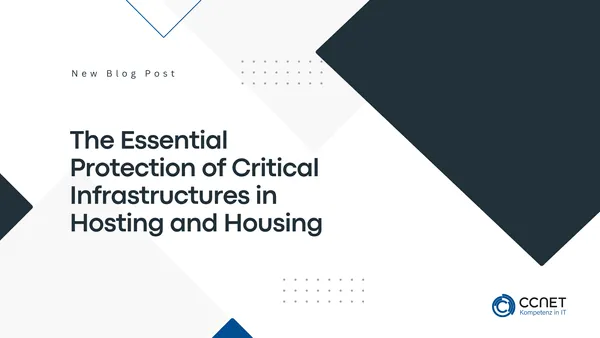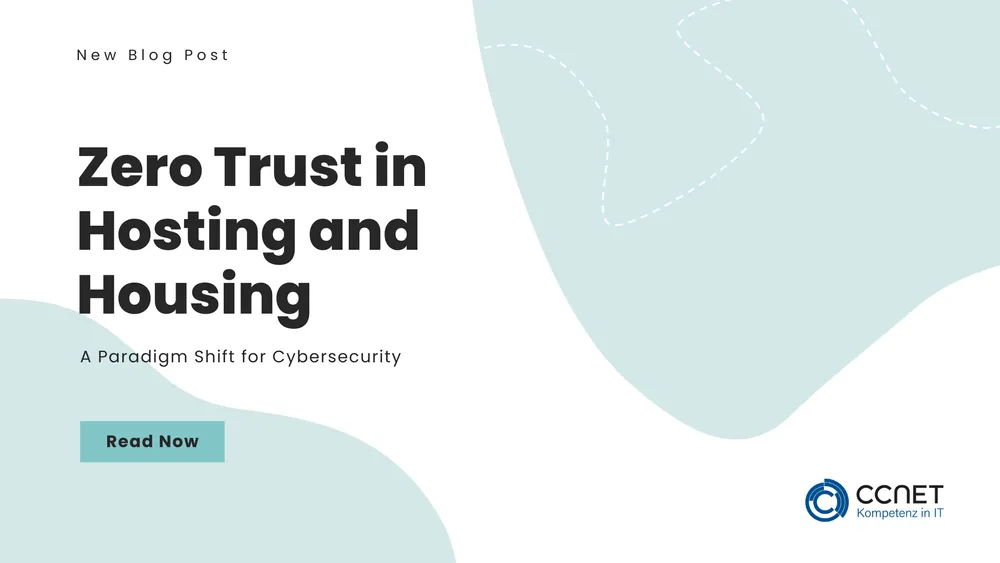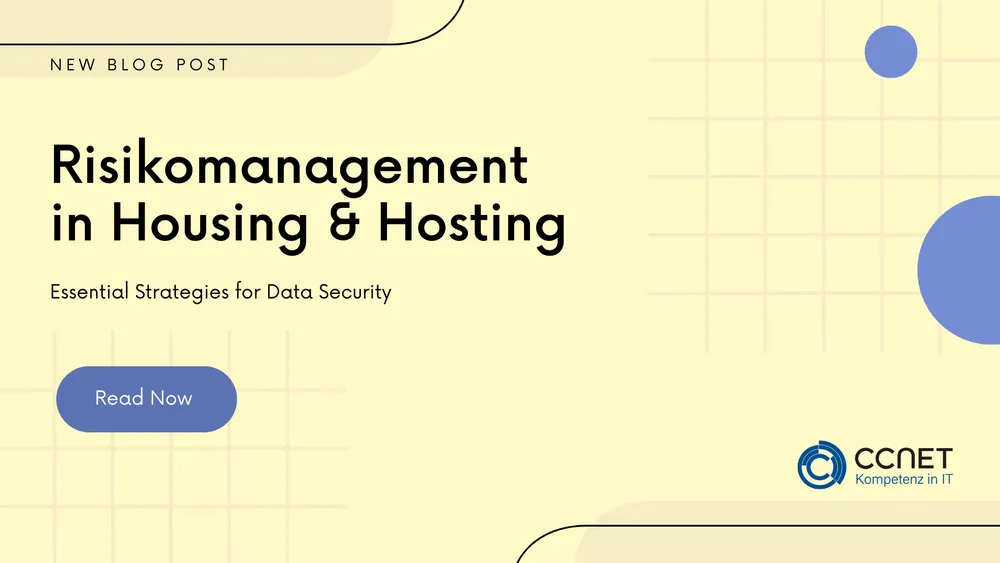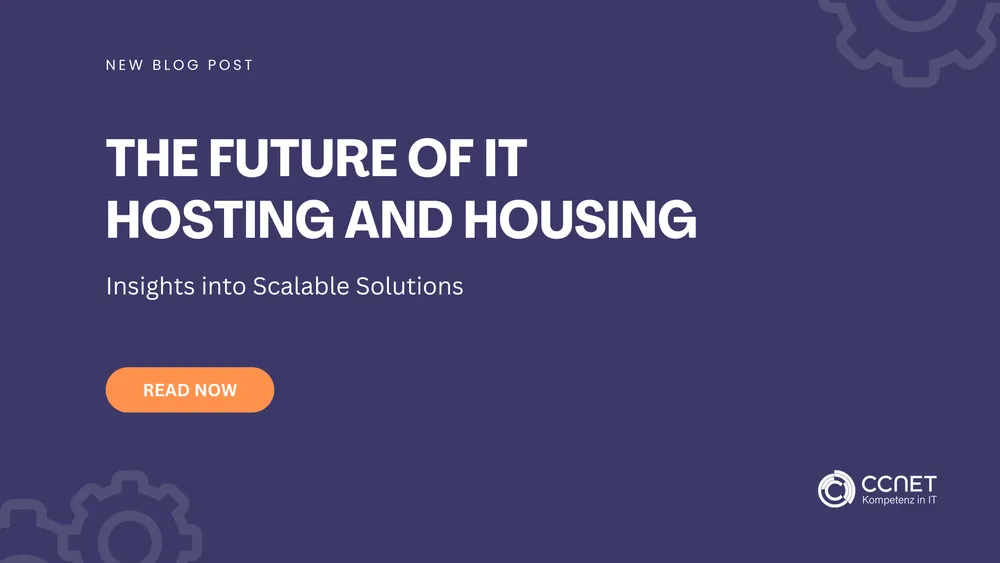
CCNet
Jul 19, 2024 • 1 min read

The Essential Protection of Critical Infrastructures in Hosting and Housing
In our increasingly interconnected world, the security of critical infrastructures, particularly in the realm of hosting and housing, has become of paramount importance. These sectors form the backbone of digital business models and governmental institutions, with their integrity, availability, and confidentiality being crucial.
Further information can be found here: IT-Security
The Challenge: Security Threats
With advancing digitization, the diversity and complexity of cyber threats are also on the rise. From DDoS attacks to ransomware and targeted phishing campaigns, attackers' methods are becoming more sophisticated. This poses a challenge for hosting and housing service providers to protect their systems against a wide range of threats.
Strategies for Protecting Critical Infrastructures
Risk Analysis and Management
Thorough risk analysis is the first step to understanding potential threats to IT infrastructure. This involves identifying critical assets, assessing their vulnerabilities, and estimating the potential impacts of a security incident.
Implementation of a Multilayered Security Concept
Protecting critical infrastructures requires a multilayered security concept (Defense in Depth). This includes physical security measures, network security, application security, and endpoint security. Each layer is intended to ward off potential attacks or at least minimize their impacts.
Regular Security Audits and Penetration Testing
Regular reviews and testing of security measures can help identify and address vulnerabilities early on. Security audits and penetration testing are indispensable tools for this purpose.
Emergency Preparedness and Business Continuity Planning
In the event of a security incident, clear plans for emergency response and business continuity must be in place. This includes regularly backing up important data and preparing to deal with various types of security incidents.
Training and Awareness
The human element plays a crucial role in cybersecurity. Regular training and awareness-raising efforts for employees are necessary to raise awareness of cyber threats and promote security-conscious behavior.
Conclusion
Protecting critical infrastructures in hosting and housing requires a comprehensive strategy that encompasses technical, organizational, and personnel aspects. Given the constantly evolving threat landscape, it is important to continuously review and adapt security measures. Only in this way can resilience against cyber attacks be maintained, and the Protection and security of digital infrastructures ensured.


